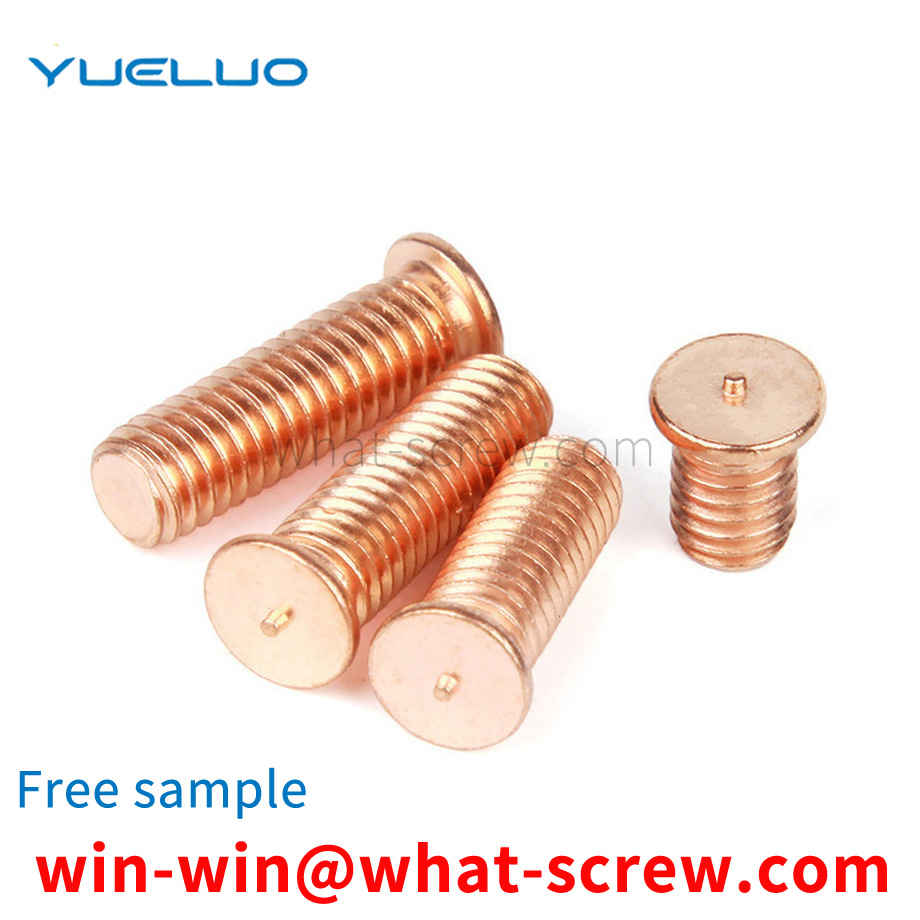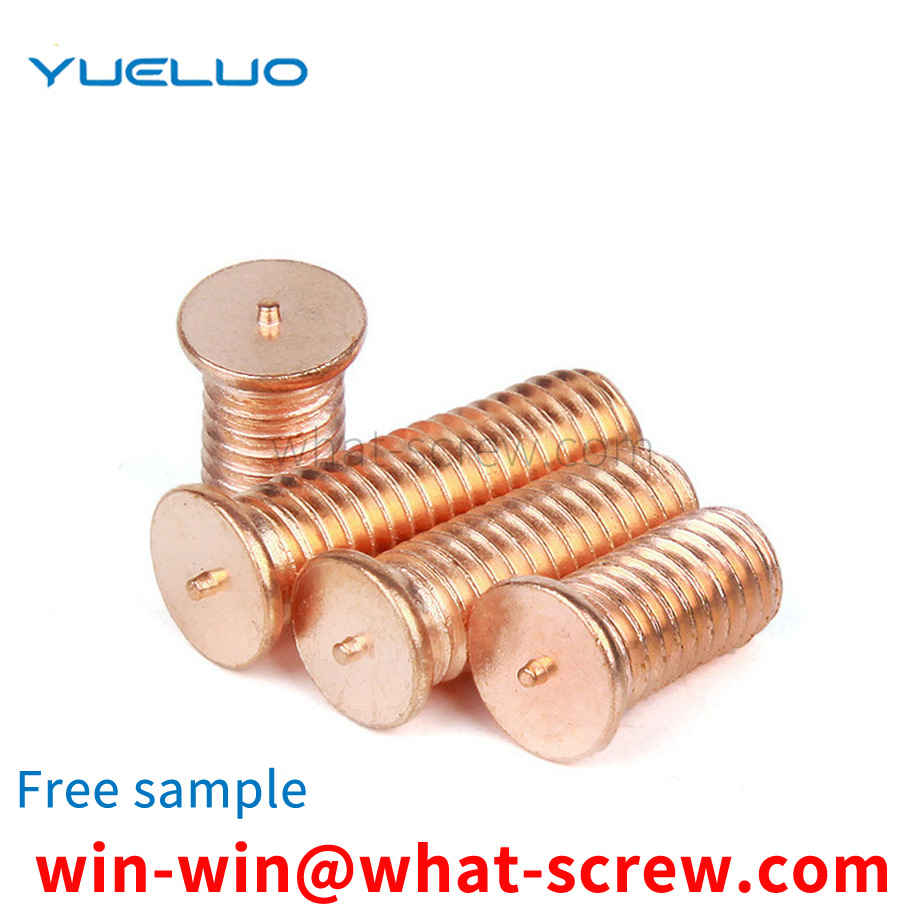The self-tapping locking screw is composed of three parts: the head, the stem and the end of the stem from beginning to end. The composition of each self-tapping screw has four major elements: head shape, wrenching method, thread type, and end type. Head Shapes - Head shapes come in all shapes and sizes. There are round head (semi-round head), oblate head, round head flange (with pad), oblate head flange (with pad), pan head, pan head flange (with pad), countersunk head, semi-countersunk head, Cylinder head, spherical cylinder head, horn head, hexagonal head, hexagonal flange head, hexagonal flange (with gasket), etc. Wrench Styles - There are various ways of wrenching. External wrench: hexagonal, hexagonal flange, hexagonal flange, hexagonal flower shape, etc.; internal wrench: slotted, cross groove H type (Phillips), cross groove Z type (Pozidriv), cross groove F type (Frearson) , Square groove (Scrulox), compound groove, internal spline, internal hexagon flower (plum groove), internal triangle, internal hexagon, internal 12-angle, clutch groove, six-blade groove, high torque cross groove and so on. Thread Types - There are many types of threads. There are self-tapping threads (wide thread), machine threads, drywall screw threads, fiberboard screw threads, and some other special threads. In addition, the thread can be divided into single lead (single head), double lead (double head), multi-lead (multiple head) and high and low thread double head thread. End type - The end type mainly includes saw end and flat end. However, according to the function of use, grooves, grooves, incisions or parts with a cutting function can be processed. In some standards, the same saw end or flat end, there are different forms. There are various changes in the head shape, wrenching method, thread type and shank end type of self-tapping screws. They can be combined with each other to show many different products belonging to the category of self-tapping screws.
Fasteners such as bolts and rivets are called the rice of industry, and they are used in infrastructure construction, equipment machinery, automobile manufacturing, electronic information, aerospace and other industries. According to the mechanical properties of fasteners, fasteners are divided into high-strength fasteners and ordinary fasteners. At the end of the 20th century and the beginning of the 21st century, with the rapid development of the economy, the demand for anti-seismic and anti-loose fasteners surged. Although the fasteners are small, their quality and reliability play an important role in the performance and structural safety of the main engine. Incredible.
hand screw is a screw with a plastic head, and the user fixes the hand screw by turning the plastic head by hand. At present, a hand-tight screw is disclosed in the market publication number CN202203253U, which includes a plastic head and a screw rod, the plastic head and the screw rod are connected together, and the height of the plastic head is higher than that of ordinary screws, and the height is 3 cm. The screw of the hand screw is fixed in the plastic head by glue. After a period of use, the aging of the glue leads to the loosening of the screw and the plastic head. When the plastic head is stressed, the screw rod comes out of the plastic head, which affects the normal use of the hand screw.
From the perspective of use: The bolted connection of the main components of the building structure is generally connected by high-strength bolts. Ordinary bolts can be reused, but high-strength bolts cannot be reused. High-strength bolts are generally used for permanent connections. The high-strength bolts are prestressed bolts. The friction type uses a torque wrench to apply the specified prestress, and the pressure type screw off the torx head. Ordinary bolts have poor shear performance and can be used in secondary structural parts. Ordinary bolts just need to be tightened. Ordinary bolts are generally 4.4, 4.8, 5.6 and 8.8. High-strength bolts are generally 8.8 and 10.9, of which 10.9 is mostly. Level 8.8 is the same level as 8.8S. The mechanical properties and calculation methods of ordinary bolts and high-strength bolts are different. The stress of high-strength bolts is firstly by applying a pre-tension force P inside, and then generating frictional resistance on the contact surface between the connected parts to bear the external load, while ordinary bolts directly bear the external load.
The spring washer usually includes a washer body and a raised claw head punched and formed on the washer body. The spring washer is often placed between the bolt head of the bolt and the connected parts, wherein the raised claw head is connected to the part to be connected. The surfaces of the connecting parts are in contact, and the plane on the gasket body, opposite to the lifting direction of the raised claw head, is in contact with the bolt head. After the bolt head is tightened, the elastic reaction force generated by the raised claw head after flattening makes the The screwed threads are pressed tightly, and at the same time, the raised claw head is pressed against the bolt head and the supporting surface of the connected parts, which has the effect of preventing loosening. However, the traditional spring washer is a single-claw type. When tightening, the raised claw head will cause great damage to the surface of the connected parts, so it is not suitable for the anti-loosening treatment of parts with small surface hardness.
We have many years of experience in the production and sales of screws, nuts, flat washers, etc. The main products are: inch self-locking nuts, TC4 screws, KM iron screws, plastic washers and other products, we can provide you with suitable fastener solutions for you.



















 Service Hotline
Service Hotline




